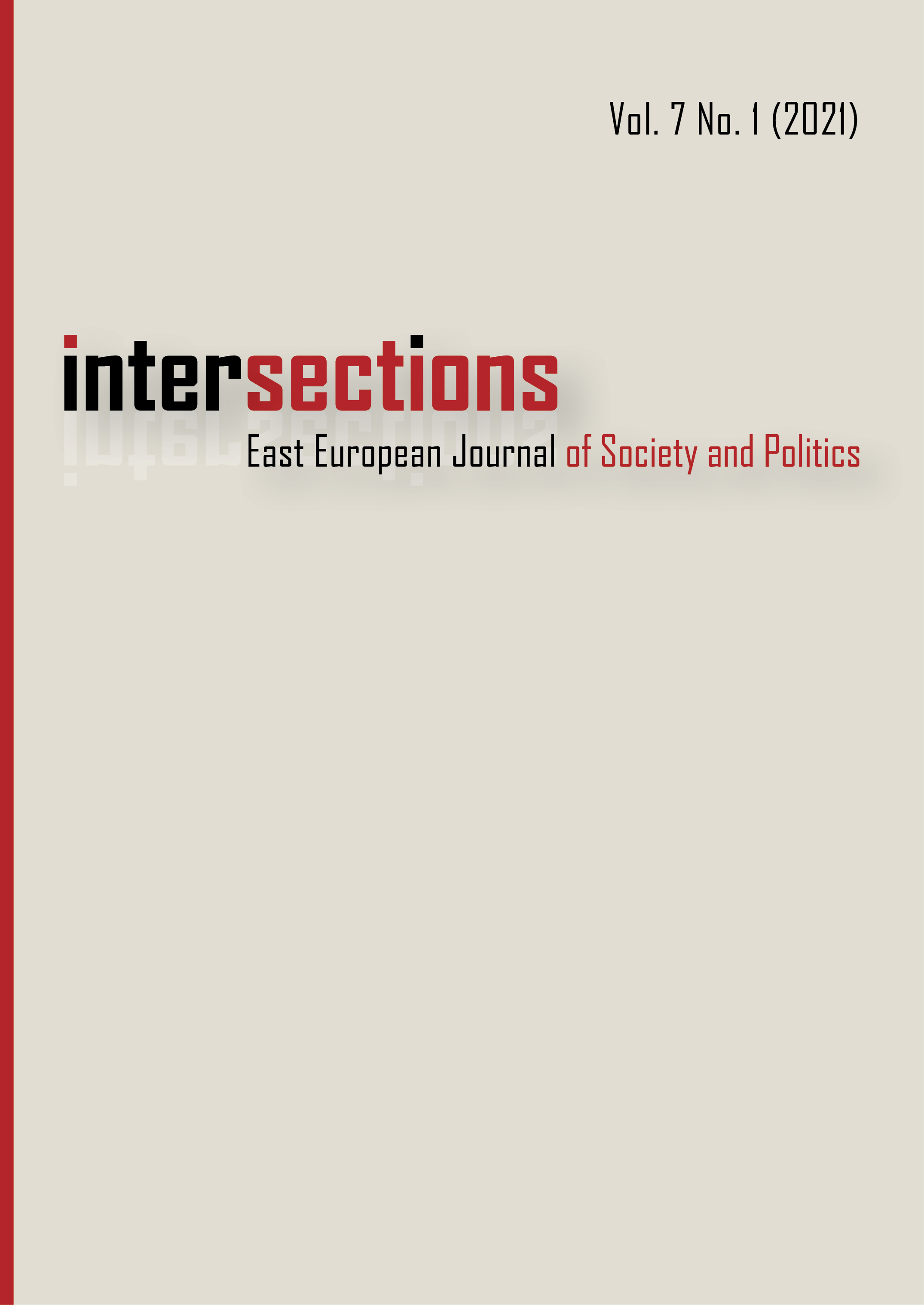Cyberbullying Prevention: Which Design Features Foster the Effectiveness of School-Based Programs?
Cyberbullying Prevention: Which Design Features Foster the Effectiveness of School-Based Programs?
Author(s): Áron HajnalSubject(s): School education, Victimology, Pedagogy
Published by: MTA Társadalomtudományi Kutatóközpont Kisebbsegkutató Intézet
Keywords: Cyberbullying prevention; Meta-analysis; Social-emotional learning; Mentoring; Education on e-safety and cyberbullying
Summary/Abstract: Cyberbullying is a global phenomenon that affects 10-40 percent of youth (Hinduja and Patchin, 2014) and has severe consequences such as depression, anxiety or suicidal thoughts. There is a large and growing body of literature discussing and assessing programs aimed at preventing cyberbullying, to which the present article aims to contribute. My purpose was to examine whether prevention programs applying certain features – in particular, social-emotional learning, whole-school approach, mentoring and education on online safety and cyberbullying – are more effective than others. This ambition is novel in the cyberbullying literature. The analysis is based on the results of 23 impact evaluation articles that examined 15 school-based cyberbullying prevention programs or program variants. It was found that programs including social-emotional learning and mentoring are more effective in reducing perpetration, whereas those including education on e-safety and cyberbullying are more effective in reducing victimization. Policy implications and the limitations of the study are also discussed.
Journal: Intersections. East European Journal of Society and Politics
- Issue Year: 7/2021
- Issue No: 1
- Page Range: 40-58
- Page Count: 19
- Language: English

